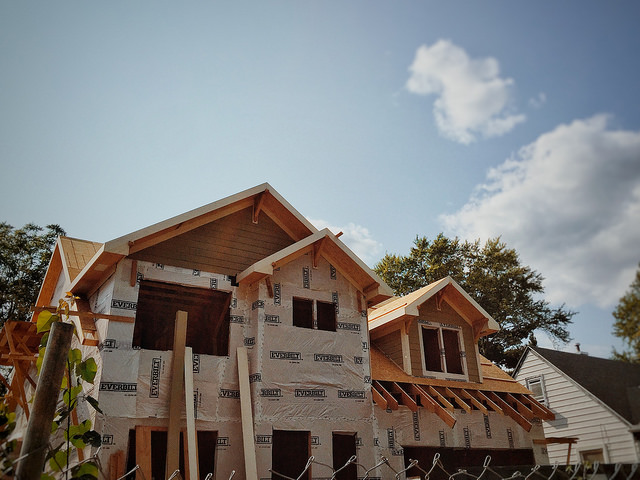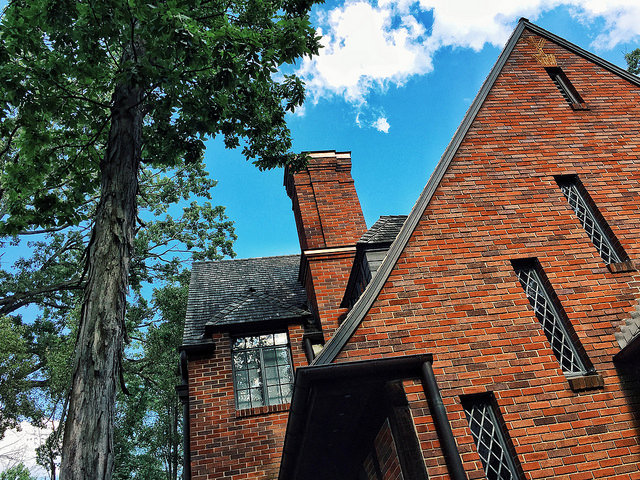According to the Mortgage Bankers Association’s Weekly Applications Survey, average mortgage rates were mostly flat last week, with little change seen for 30-year fixed rate mortgages with both conforming and jumbo balances, loans backed by the Federal Housing Administration, and 15-year fixed-rate loans. However, because rates were unchanged from the previous week, that means they remain at their lowest point since last November. That’s good news for home buyers hoping to purchase a home before the end of the summer and also homeowners who may be hoping to refinance. So why hasn’t mortgage application demand gone up as rates have hovered at 9-month lows? Well, according to Joel Kan, an MBA economist, it’s because they haven’t fallen low enough for consumers who have grown accustomed to the historically low rates of the past few years. “Mortgage rates generally fell, but not as low as they had in 2016,” Kan told CNBC. “Borrowers potentially looking at a refinance might be waiting for a much bigger decrease in order to act.” The MBA’s weekly survey has been conducted since 1990 and covers 75 percent of all retail residential mortgage applications. More here.













